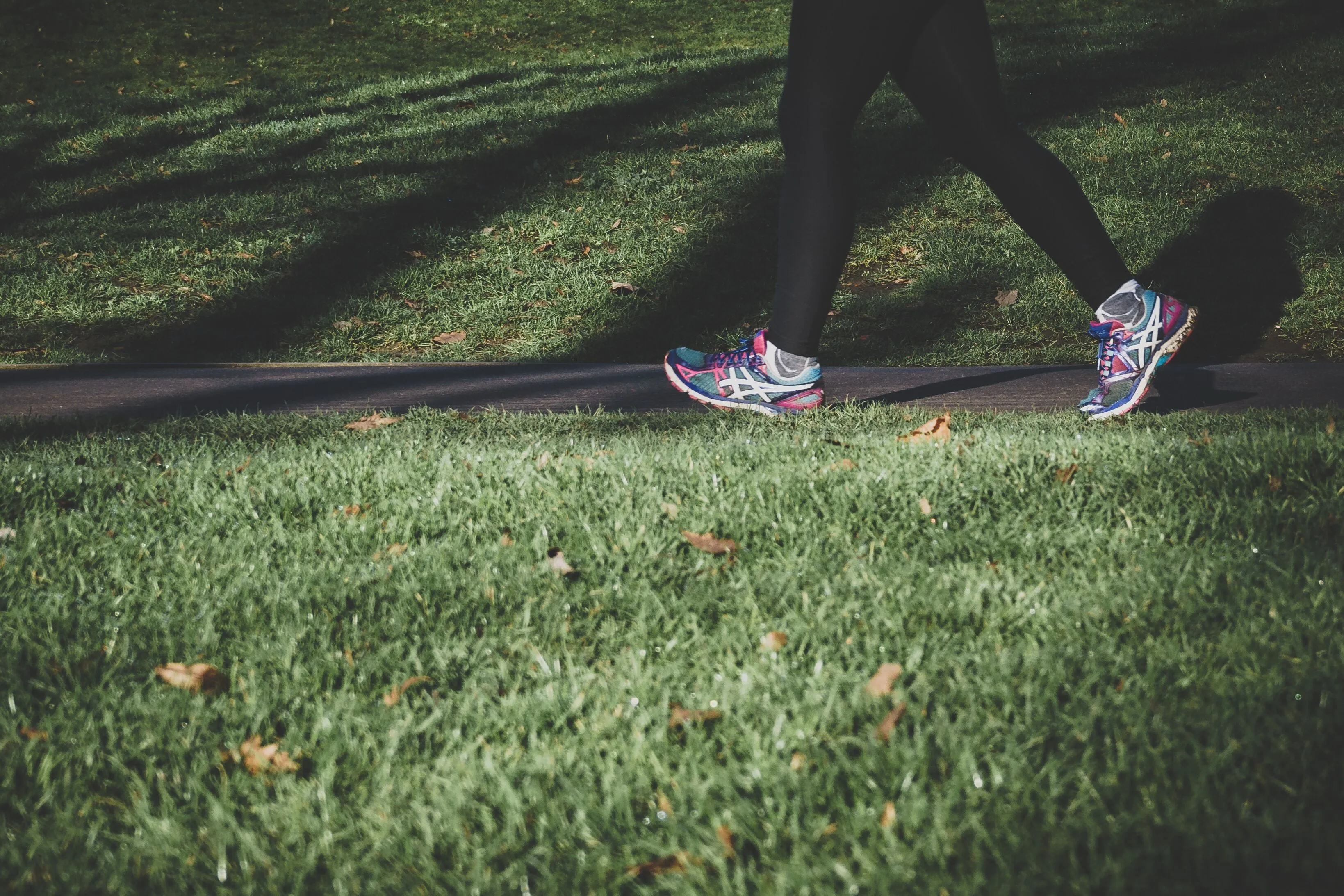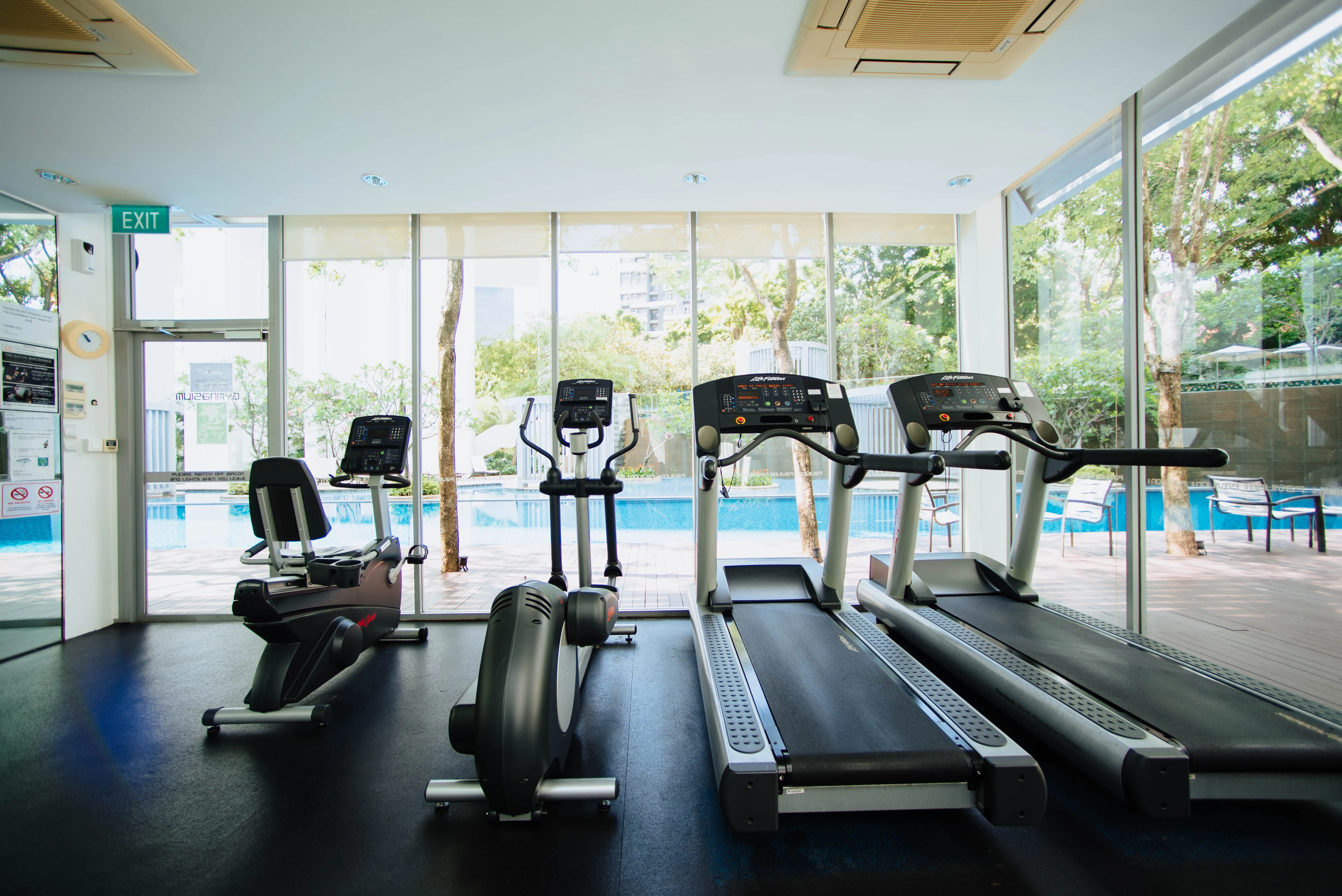
Runners know that footwear can make or break their performance. The right running shoes can set the stage for a jog well-done, while the wrong ones can hinder your stride, or worse, cause injuries. Choosing the right running shoes can be a daunting task, particularly because what works for one person might not work for you. That’s mainly because we all have different foot types, and our running shoes must cater to this uniqueness. In this guide, we will delve into the different foot types and offer tips on finding the perfect running shoes for yours.
Understanding Your Foot Type
There are primarily three types of foot arches - high, neutral, and low (or flat). Your foot type can greatly influence your gait (running or walking pattern) and the type of shoes that would be most comfortable for you.
-
High Arch: People with high arches tend to underpronate or supinate, which means their feet roll outwards when they run. They require shoes with ample cushioning to counter their lack of natural shock absorption.
-
Neutral Arch: If you have a neutral or normal arch, you’re among the lucky few. Your feet likely pronate normally, which means they roll inward slightly and distribute the force of impact pretty evenly while running. Stability shoes are best for this foot type.
-
Flat Foot (Low Arch): People with flat feet tend to overpronate, meaning their feet roll inward more than the ideal amount. This can lead to joint problems and injuries if not supported correctly. Motion control or high-stability shoes are generally recommended for this foot type.

Finding Your Foot Type
Here’s a simple Do-It-Yourself method – ‘The Wet Test.’
- Wet your foot and step on a piece of brown paper or a surface where you can see an imprint.
- Based on the imprints, you can classify your feet as flat, normal, or high-arched.

Choosing The Right Running Shoes
Once you’ve identified your foot type, you can start looking for shoes that provide the right support.
-
Shoes for High Arches: Since high arches don’t absorb shock as well, shoes with plenty of cushioning are the way to go. These shoes can help absorb the impact, so your feet don’t have to.
-
Shoes for Neutral Arches: Balanced and moderate support is the key for neutral arches. Look for shoes that are stable, not too firm or too soft.
-
Shoes for Low Arches/Flat Feet: Flat feet require shoes with more structured support. Look for motion control or high-stability shoes that correct overpronation.
Other Factors to Consider
Foot type isn’t the only factor to consider when buying running shoes. Don’t forget to think about:
-
Where You Run: Trail runners, for instance, need more traction and a thicker, more durable sole than people who run on roads.
-
How Far You Run: If you’re a marathoner, look for shoes that offer more foot protection and are designed to last longer.
-
Body Frame: Heavier runners might need more cushioning and support than lighter ones.
-
Personal Preference: Lastly, personal comfort is key. Always try shoes before buying to ensure they fit well and feel comfortable on your feet.
In conclusion, while there are general guidelines to follow, the best running shoes for you will largely depend on your foot type, personal preference, and running conditions. Remember, comfortable shoes translate to better performance and reduced risk of injuries. So take your time and choose wisely.





